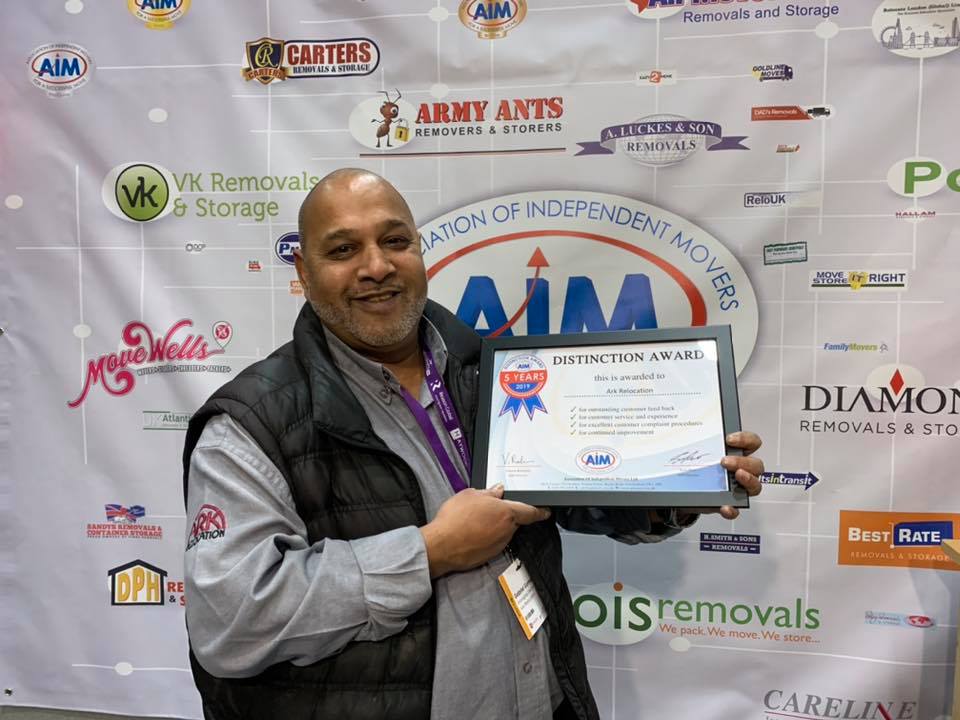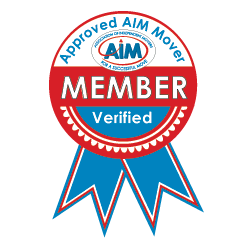How to Plan and Organize an Office Move
Author Bio: Jessica is the head of content for Hire A Mover – her fathers moving company. In her spare time, she enjoys travelling around the world to different surf spots and tasting the local cuisine.
If you ever had to move, you know it’s not an easy process. It requires coordination, organization, and sometimes, a lot of heavy lifting. Still, if you approach the issue with a detailed plan and plenty of patience, your chances of making this a swift and painless process increase.
However, the situation changes when you’re planning an office move. Besides the different types of equipment and furniture you need to relocate, you also need to think about the people who will be moving with you. And, depending on the office size, the move will bring new challenges your way.
In the guide below, we tackled the major problems such a move brings and we’re offering specialized advice to make the process as smooth as possible.
Make a Virtual Move
No, this step is not going to require the use of modern technology, just some planning and the blueprints of your future new office. You will need to know where the main outlets are, how the windows are oriented, and if there are spaces that can be transformed into designated areas (game room, kitchen, rest area, and so on).
So, before you start any real-life moving, study the blueprints and virtually move each person in the new location. If you know where everyone will be, plan for the electronics that are not assigned to a desk (copy machines and any other technology that needs to be used by everyone).
Make sure you look out for any problematic areas/situations, such as not enough room for cubicles, or a smaller reception area and no room for customers waiting to be served, and so on. These problems need to be addressed before you even start the moving; otherwise, things can become messy and the office move may take a lot longer than expected.
Take an Office Survey
One way to make sure everyone will be excited about the move is to ask your team to pinpoint any problems they have with the current space. This will give you a fresh perspective on how to organize the new office and what to ask from the team hired to arrange everything.
Still, ask everyone to keep an open mind, since not all issues can be addressed. Work on the ones that show up often in your employees’ complaints and work your way up from there.
Establish a Budget & Pre-Moving Calendar
An office move will cost you money; there’s no doubt about it! Still, if you plan ahead and get some of your employees involved in the process, you can bring down the costs.
With about six to four months before the actual move, start working on the timeframe allocated for this activity. Since this is a big project, it’s best to break it down into smaller steps, to make it easier to manage.
Here’s an example of how your calendar for the move should look like:
● Talk with the team and let them know they should be preparing for a move in the following months. Also, make sure they understand it’s a process that will happen progressively;
● Appoint the employees that will be in charge of supervising the move (mostly valid for medium and large offices);
● Research and find a moving company that’s affordable and trustworthy and ask them for an offer and a timeframe from the moment you start the process;
● Start working on an inventory and decide on the pieces of furniture/equipment you need to take or decommission;
● Create a list of anyone (business or individual) that should be notified about your new location and the moving process. While the ideal move won’t affect your business process, in the real world you may be forced to lose several business days, so make sure to notify customers ahead of time.
● Notify utility providers at the old location and the ones at the new location. To reduce financial loss, it’s best to have the utilities shut down in the old office space, one day after the planned move. This way, you avoid any mishaps and keep things running for as long as possible.
Once you reach the final phase of your plan, you should have a solid idea on costs and if you need the help of specialized companies for the actual move.
Start the Moving Process
The process should be started one month in advance, but small offices can start a bit later (two weeks should be enough).
Start by having weekly meetings with the people you appointed for supervising the move. In each meeting assess their progress and go over the moving plan to get an idea of the current state of things. Each employee should be responsible for their personal items and the electronics they’re using (computer/ laptop/ tablet).
Print out instructions on how each item should be packed and provide everyone with boxes, wrapping materials, and other necessary tools. Files and important documents should be packed separately and tagged so they are easy to identify and place at the new location.
Make sure your company data are backed up and that the backups will be transported separately and safely. Also, make copies of any important files that you can’t afford to lose, and have them stored with the data backups.
The Big Day(s)
Ideally, you should have 1 moving day and be done with it. However, medium and big sized offices can’t solve everything in one day, so you should be prepared for about a week of havoc and confusion.
Prior to the movers reach your office and start loading everything in the truck(s), have a short meeting with the employees that were actively involved in the organization. Make sure everyone is up to date with the moving and that everything has been packed and properly tagged.
Once the movers arrive, have a short meeting with their representatives and show them around the office. Let them know about any special items and highlight the importance of paying special attention to your backups. Also, let them know about any preferences once they reach the new office.
When everything has been uploaded, make a final tour of the old location to make sure nothing was left behind, and lock everything (the space is still your responsibility).
Finally, make sure to prepare welcome packets for your employees at the new location. Moving can be an emotional process, and by showing kindness from the start, you help people warm up to the new place.
Related Posts

My Story: Gabby Gomes of Ark Relocation
I’m Gabby Gomes, the heart and soul behind Ark Relocation in Milton Keynes. With over three decades in the moving industry, I’ve steered Ark Relocation to be a trusted name, offering everything from house removals to commercial relocations. We’ve also ventured into European and International removals, ensuring seamless transitions for our clients, whether near or far.




